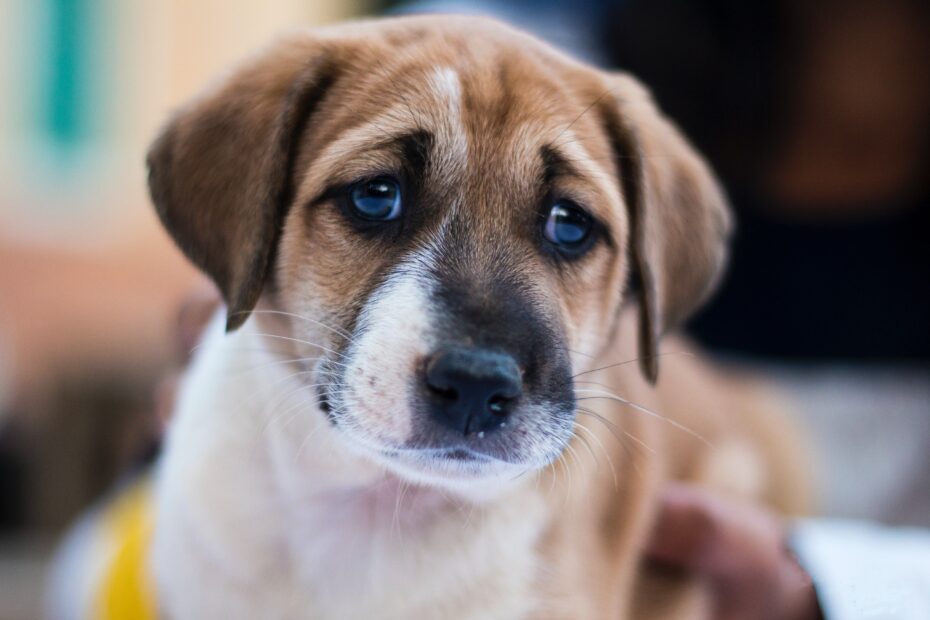Mold is considered a very common problem in homes, says the CDC, since it can grow abundantly in any area of the home that is humid — including leaks in roofs, areas that have been flooded, and dark underground areas. Mold is known to be detrimental to human health, causing allergies and, in some serious cases, respiratory problems. Did you know that mold spores can also be harmful to pets? See what researchers have to say on the topic and keep your home mold-free for the health and wellbeing of all beings at home.
Mold can Cause Respiratory and Digestive Issues in Dogs
Dogs can be at a greater risk of exposure to mold because they often lay or sniff the ground where mold spores can hide and be easily inhaled. However, not all molds spores are alike. Black or toxic mold can harm health in a particularly severe way, causing everything from a faster breathing rate to tummy upset when spores are ingested. Dogs who have consumed toxic mold will sometimes vomit, display changes in their stool, or lose their appetite. If you notice any of these symptoms, take your dog to the vet immediately. If they receive attention quick enough, they can make a full and speedy recovery.
Avoiding Indoor Mold Exposure
To prevent your dog from succumbing to the effects of mold, keep their food in sealed containers, storing the latter in a cold, dry spot in your home. Keep dog bowls clean through daily washing and pop Fido’s toys into the washing machine every few days as well. Clean crates and accessories and keep your dog away from humid spots in the home. Clean basements and bathrooms regularly, inspecting these and other rooms regularly for the signs of mold. Ventilate your home regularly, opening windows and letting the sunlight in. Consider using a dehumidifier if you live in a warm, humid zone. Finally, if you suspect you may have mold, invest in professional inspection. This will help avoid serious consequences for human and canine family members.
Avoiding Outdoor MoldBlack mold isn’t the only species to be watchful for when it comes to your pet’s health. There is another organism that grows in rotting wood and wet soil — an outdoor mold known as blastomyces dermatitidis. It thrives in lakes and other bodies of water that do not have access to direct sunlight though it can also grow in forest and other damp, dark outdoor areas. Dogs are 10 times more susceptible to an infection from this organism than human beings and symptoms can be severe – ranging from fever to depression, weight loss, skin lesions, seizures, and sudden blindness. If your dog has any of these or any other strange symptoms, consider it an emergency. Your vet will be able to test for potential exposure and prescribe a treatment — usually, itraconazole, Abelcet, ketoconazole, or a combination of these medications is given.
If you or your pets are sneezing or showing other signs of mold exposure, solve the issue as soon as you can. Opt for professional testing so you can assess the level of damage. Keep your indoors clean and dry to prevent the growth of toxic mold. Avoid areas where your dog could potentially be exposed to outdoor mold, including dark, humid spots on bodies of water, forests, and other woody areas.Article by: Jane Anderson, a freelance writer, editor and dog owner.
Photo by Bharathi Kannan on Unsplash